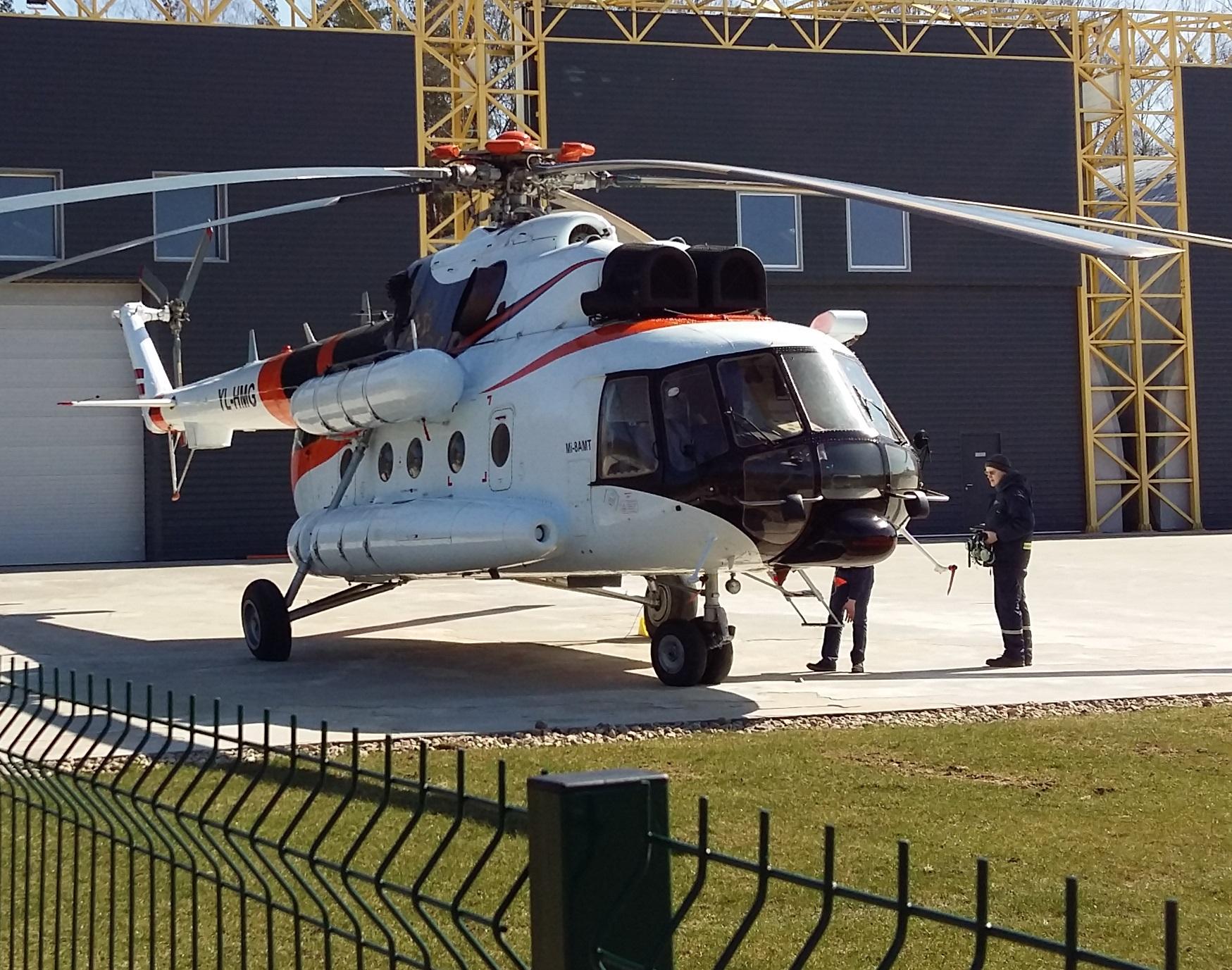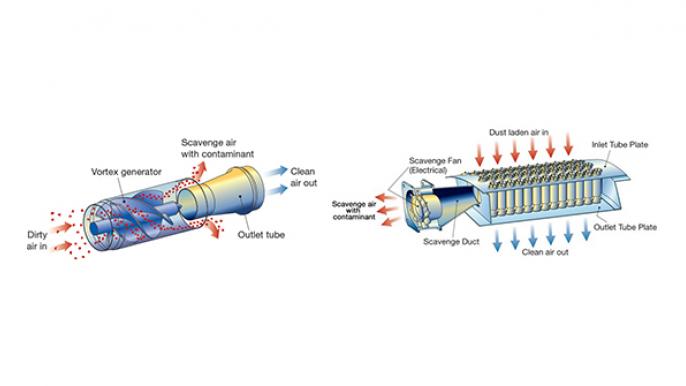Helicopter Engines and Operational Impact in Harsh Environments

The helicopter's operational versatility means many missions take place in harsh environments in which systems are exposed to airborne contamination including sand, abrasive dust, corrosive salt, and high moisture. These contaminants are known to cause engine erosion, wear, and damage, requiring more frequent overhauls, as well as unscheduled component removals resulting in increased MTBUR (Mean Time Between Unscheduled Removal), or increased emergency landings.
Understanding contaminants and selecting available filtration methods that match the helicopter's typical operating environment can increase helicopter availability and ensure flight safety by maintaining a free-flowing, clean air supply. This in turn improves overall engine power performance, lowers maintenance costs through longer MTBUR intervals and extends component service life.
Engine Air Contamination Effects
Helicopter turbine engines require massive intake airflows, creating a low-pressure area at the engine inlet that can sweep up sand, dust, and seawater spray driven by main rotor downwash. Desert environments are particularly hostile, with increased wear reducing engine reliability by as much as 50%.
Engine performance also deteriorates over time, due to compressor blade erosion, which in turn reduces load carrying and hover capabilities. Typically, a leading-edge wear of 1.5 – 2 mm in the first stage compressor blades can result in a 5-8 % engine power loss, which increases with altitude. Accelerated engine wear is a primary reason for premature engine removal, with compressor blade erosion the major cause—accounting for 40% of cases.
A secondary problem occurs during takeoff and landing. A helicopter churns up thick clouds of surface contamination (ground effect). To reduce engine exposure to this cloud, pilots try to minimize operation in ground effect, which often results in high-power takeoffs and hard landings, both of which can take aircraft out of service.
Engine Inlet Air Filtration
Two primary methods of removing particulate contamination from engine inlet air are Inlet Barrier Filters (IBFs) and Vortex Separation Systems.
IBFs are either dry or oil-wetted filters. Both types trap particles in a filter media. IBF installations require structural attachments and a bypass-air door to let the pilot continue operation if a filter becomes clogged. Typically, barrier filters are not suited for continuous operation in ‘brown-out' conditions (high concentration of environmental dust resulting in low visibility) due to the high dust concentration rapidly plugging the filter.
Vortex systems discard, rather than trap, particles. They employ a panel of small diameter vortex tubes that spin airborne particulates to the outside of the tube, where they are dumped overboard. Clean air in the center of the tube passes through to the engine. Often available as factory-installed options, vortex filters use either engine bleed air or a scavenge fan to collect and dump particles from the airstream.

Pall's PUREair vortex systems remove particle sizes from engine intake air that cause engine compressor erosion. With a Pall PUREair system installed, pilots can employ normal operating procedures, making it both safer and less damaging to the aircraft.
Pall's vortex systems are used by helicopter operators globally and installed with all major helicopter manufacturers, on over 50 helicopter types with bespoke optimization options available for each platform. For example, Pall's PA100 PUREair vortex system for the AS350 uses significantly less bleed air, and is always on, providing complete protection all the time. Pall's PA120 PUREair vortex system for Mi17 have a dust separation efficiency of 96% enabling a drastic reduction of engine erosion, even in the harshest environment that these helicopters typically operate in.
Pall's PUREair vortex systems are virtually maintenance-free: a 'fit and forget', environmentally friendly solution for helicopter engine inlet protection.






Comments
"...resulting in increased MTBUR ..." to
"...
"...resulting in increased MTBUR ..." to
"...resulting in decreased MTBUR...".